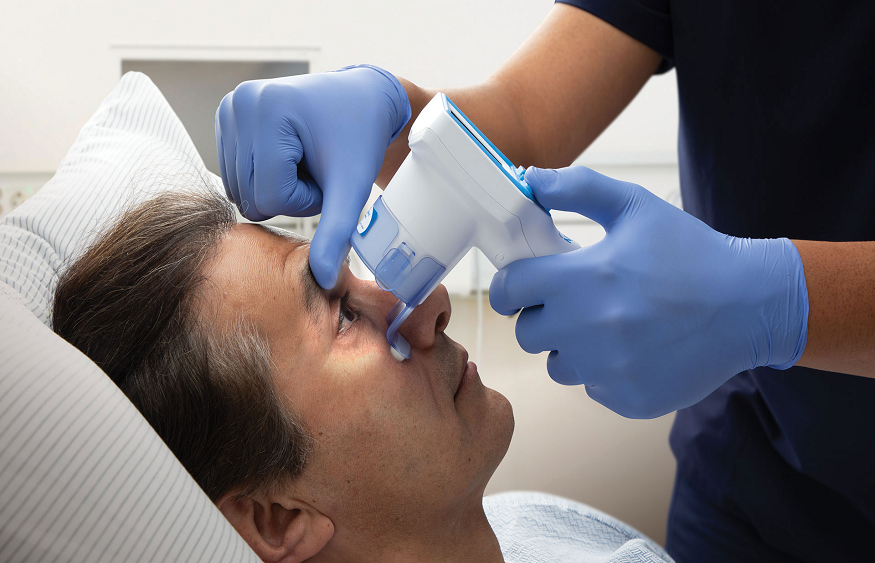It’s quite intriguing how the eyes, especially our pupils, can offer a portal into the intricacies of our minds and health. While our pupils primarily react to light, it’s the nuances of their behavior that have, over time, provided keen observers – from physicians to psychologists – critical insights. But as we venture deeper into the 21st century, the traditional methods of pupil evaluation are being complemented, and sometimes replaced, with state-of-the-art neurological tools. It’s more than just a transition; it’s an evolution from manual observation to precision analytics, reshaping the landscapes of various fields. But what’s propelling this shift? Let’s journey through the science and applications of these advances.
The Science Behind Pupil Evaluation
Since ancient times, pupillary evaluation has been regarded as a window into a person’s health and psyche. While a non-specialist might only notice pupils dilating or contracting in response to light, a trained eye knows the significance of each subtle shift. Governed by the autonomic nervous system, the behavior of our pupils can reveal critical information about our cognitive states. For instance, a sudden dilation might indicate a fear response or an increase in cognitive load. However, the accuracy of such evaluations based solely on human observation can be questionable. That’s where modern science steps in, introducing rigorous pupil assessment methods that leave little room for error.
Advancements in Neuro Tools
In recent years, there’s been a significant surge in the development of neurological tools designed to delve deeper into human cognition and emotion. Tools such as fMRI and EEG have offered brain-mapping capabilities like never before. But when it comes to assessing the pupil, pupillometry stands out. This tool, combined with indices like NPi, can measure the pupil’s response to various stimuli with astounding precision. What’s even more revolutionary is that many of these tools are non-invasive. This means that individuals, whether they are patients in a hospital or participants in a study, don’t have to undergo any intrusive procedures.
Applications in Psychology
Psychology has been one of the prime beneficiaries of these advancements. Gone are the days when a psychologist would rely solely on subjective feedback or basic observations. With tools like pupillometry, it’s now possible to measure cognitive load, detect subtle emotional responses, or even predict decision-making patterns. Consider, for example, a scenario where a participant is presented with emotionally charged images. Their pupil assessment, using modern tools, can provide a quantifiable measure of their emotional arousal, offering a more objective lens for psychological evaluation.
Medical Diagnostics and Pupil Evaluation
Within the realm of medical science, especially in the sphere of neurology, sophisticated neurological tools have redefined diagnostic practices. Traditional pupil evaluation was insightful but had its limitations. However, the incorporation of tools in a standard neuro exam offers a quantum leap in precision and early detection capabilities. Subtle nuances in pupil responsiveness or size can provide indications of a plethora of neurological disorders, potential adverse drug reactions, or imminent signs of brain trauma.
For instance, inconsistent pupil dilation could signify conditions ranging from increased intracranial pressure to specific cranial nerve damage. The ability to detect these minute changes early in the diagnostic process is revolutionizing patient care, allowing for timely interventions and enhancing the chances of positive outcomes. As these tools continue to become integral in clinics and hospitals globally, they signify a new era where every blink and dilation provides a deeper insight into our neurological health.
Challenges and Ethical Considerations
However, as with any technological advancement, there are challenges to consider. Not every institution or medical facility can afford the latest neurological tools. There’s also the pressing concern of data privacy. With tools capturing detailed neuroimaging data, ensuring that this information remains confidential is paramount. Ethical considerations extend to consent—ensuring participants or patients fully understand the procedures and implications of the data being collected. As the field grows, it’s essential to find a balance between leveraging technology and upholding ethical standards.
Conclusion:
The transition from traditional pupil evaluation to advanced pupil assessment methods underscores the broader evolution we’re witnessing in medical and psychological fields. With the advent of neurological tools like the NPi pupilometer, our understanding and capabilities are expanding exponentially. As we move forward, the onus is on professionals and researchers to not only harness these tools for their immense potential but to do so responsibly.

